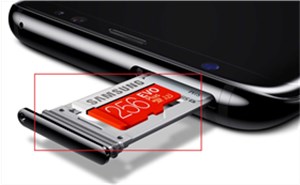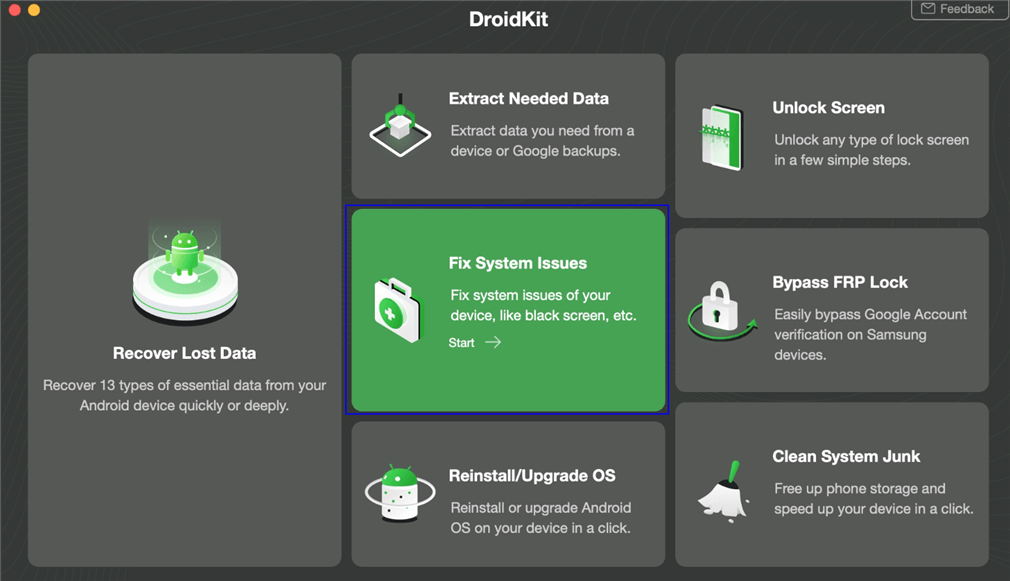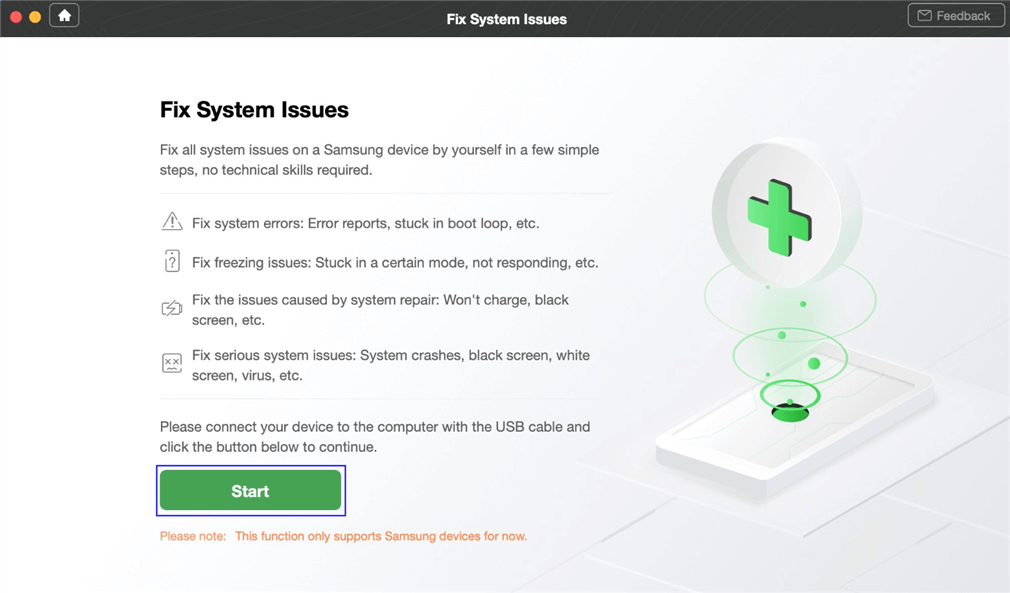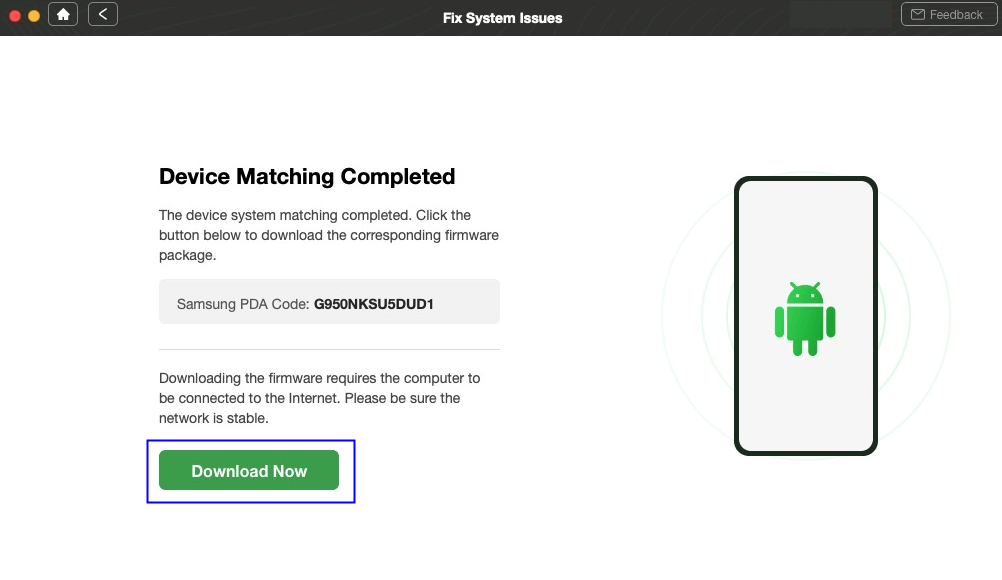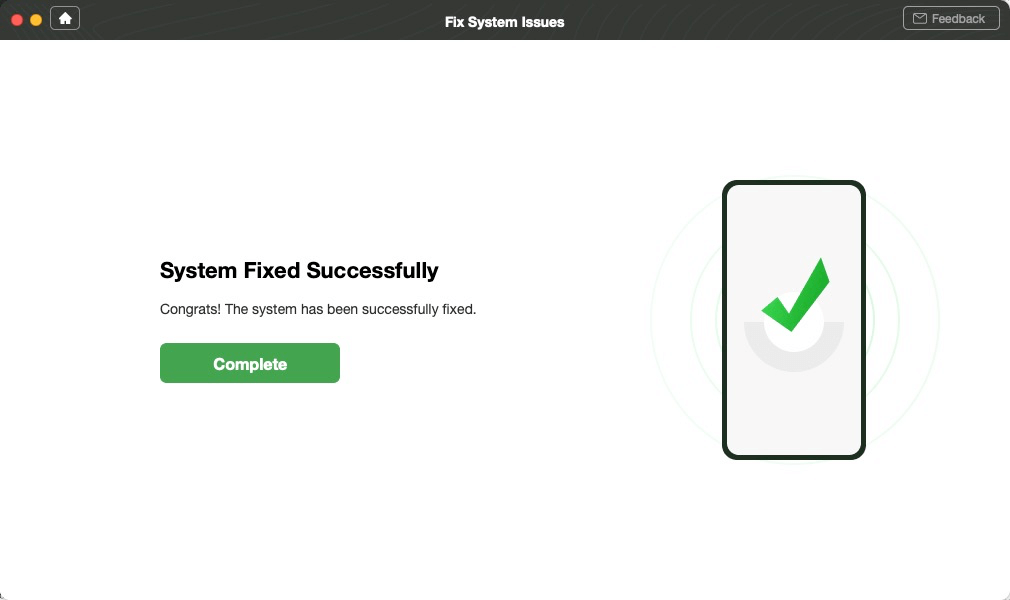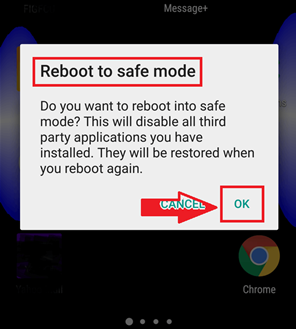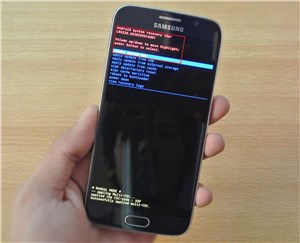
How to Fix a Frequently Crashing Mac & Recover the Drive
Introduction
A frequently crashing Mac can be frustrating, especially if you rely on it for work or personal use. From random shutdowns to persistent kernel panics, these issues can slow down productivity and even lead to data loss. But don’t worry—this guide will help you troubleshoot and fix a crashing Mac while also providing steps to recover your drive.
If you’re in Edmonton and need professional assistance, Edmonton Tech Support can help diagnose and fix Mac issues, ensuring your system runs smoothly again.
Common Reasons Your Mac Keeps Crashing
Before jumping into fixes, it’s essential to understand the common causes of Mac crashes:
- Software Conflicts – Incompatible or outdated applications can cause system instability.
- macOS Issues – Corrupt system files or outdated versions may lead to crashes.
- Insufficient RAM or Storage – Running out of memory or disk space can affect performance.
- Overheating – Poor ventilation or dust buildup may cause thermal shutdowns.
- Hardware Failure – Issues like a failing hard drive or faulty RAM can crash your Mac.
- Malware or Security Threats – Though rare on macOS, malware can still impact system stability.
Fixing a Frequently Crashing Mac
Here’s a step-by-step approach to fixing your Mac:
1. Restart Your Mac in Safe Mode
Safe Mode helps diagnose whether third-party apps are causing the crashes.
Steps:
- For Intel Macs:
- Shut down your Mac.
- Turn it on and immediately hold down the Shift key until you see the login screen.
- Log in and test your system.
- For Apple Silicon Macs:
- Shut down your Mac.
- Press and hold the power button until “Loading startup options” appears.
- Select your startup disk, then hold Shift and click “Continue in Safe Mode.”
If your Mac works fine in Safe Mode, the issue might be caused by third-party apps.
2. Free Up Storage Space
A nearly full drive can slow down your Mac and lead to crashes. Aim to keep at least 15-20% of your storage free.
Steps to Free Up Space:
- Go to Apple Menu > About This Mac > Storage and check available space.
- Delete unused files and apps.
- Empty the Trash and clear the Downloads folder.
- Use macOS Storage Management tools to optimize space.
- Firstly, restarting your Mac in Safe Mode helps determine if third-party apps are causing crashes.
- In addition, freeing up storage space can prevent system slowdowns and unexpected shutdowns.
- Moreover, updating macOS and applications ensures compatibility and fixes potential software bugs.
- On the other hand, if your Mac continues to crash, resetting PRAM and SMC may resolve hardware-related issues.
- Furthermore, running Apple Diagnostics can help identify whether a failing component is causing instability.
- However, if none of these solutions work, reinstalling macOS might be the best option.
- Consequently, using Disk Utility to repair your drive can prevent further damage and data loss.
- Similarly, if your drive is beyond repair, restoring data from a Time Machine backup ensures you don’t lose important files.
- Therefore, professional assistance from Edmonton Tech Support can be beneficial when DIY solutions fail.
- In conclusion, by following these steps, you can troubleshoot a crashing Mac and recover your data effectively.
3. Update macOS and Applications
Keeping your system updated ensures compatibility and fixes bugs that may cause crashes.
Steps to Update macOS:
- Click Apple Menu > System Settings > Software Update (for macOS Ventura and later).
- If an update is available, install it.
Steps to Update Apps:
- Open the App Store and check for pending updates.
- For third-party apps, check the developer’s website for updates.
4. Reset PRAM & SMC (For Intel Macs)
If your Mac is behaving erratically, resetting the PRAM (Parameter RAM) and SMC (System Management Controller) can help.
To Reset PRAM:
- Shut down your Mac.
- Turn it on and immediately hold Option + Command + P + R for about 20 seconds.
To Reset SMC:
- Shut down your Mac.
- Press Shift + Control + Option along with the Power button for 10 seconds.
- Release all keys and turn your Mac back on.
5. Check for Malware and Remove It
Though macOS has strong security, malware can still cause system crashes.
Steps to Scan for Malware:
- Use Mac’s built-in XProtect (automatic security updates help block threats).
- Download a trusted anti-malware app like Malwarebytes for Mac.
- Remove any suspicious browser extensions or unknown apps.
6. Run Apple Diagnostics to Check Hardware Issues
If crashes persist, faulty hardware may be the culprit.
Steps to Run Apple Diagnostics:
- For Intel Macs: Restart and hold D until a diagnostics screen appears.
- For Apple Silicon Macs: Press and hold the Power button until startup options appear, then press Command + D.
- Follow the on-screen instructions to check for hardware issues.
7. Reinstall macOS
If nothing works, reinstalling macOS can resolve system corruption.
Steps to Reinstall macOS:
- Back up your important data using Time Machine.
- Restart your Mac and enter macOS Recovery Mode:
- For Intel Macs: Hold Command + R during startup.
- For Apple Silicon Macs: Press and hold the Power button, then choose Options > Continue.
- Select Reinstall macOS and follow the prompts.
Recovering Your Drive After a Crash
If your Mac crashed due to a failing drive, follow these steps to recover your data.
1. Boot into macOS Recovery Mode
If your Mac won’t start properly, boot into Recovery Mode:
- Follow the same Reinstall macOS steps above to enter macOS Utilities.
2. Use Disk Utility to Repair the Drive
- Select Disk Utility and click First Aid to check for errors.
- If First Aid detects issues, attempt to repair them.
3. Restore Data from Time Machine Backup
If your drive is beyond repair, restore your data from a backup.
- In macOS Utilities, select Restore from Time Machine Backup.
4. Use Data Recovery Software
If you don’t have a backup, try third-party recovery tools like:
- Disk Drill
- EaseUS Data Recovery Wizard
- Stellar Data Recovery
When to Contact Edmonton Tech Support
If you’ve tried these solutions and your Mac is still crashing, professional help might be necessary. Edmonton Tech Support offers:
- Mac diagnostics & repair
- Data recovery services
- Virus removal & security updates
- Hardware upgrades (SSD, RAM replacements, etc.)
Conclusion
A frequently crashing Mac can disrupt your workflow, but with the right steps, you can troubleshoot and fix the issue. From Safe Mode startup to macOS reinstallation, there are multiple ways to restore your Mac’s stability. If your drive is failing, using Disk Utility or Time Machine backups can help recover your data.
For expert Mac repair and data recovery in Edmonton, reach out to Edmonton Tech Support today!




